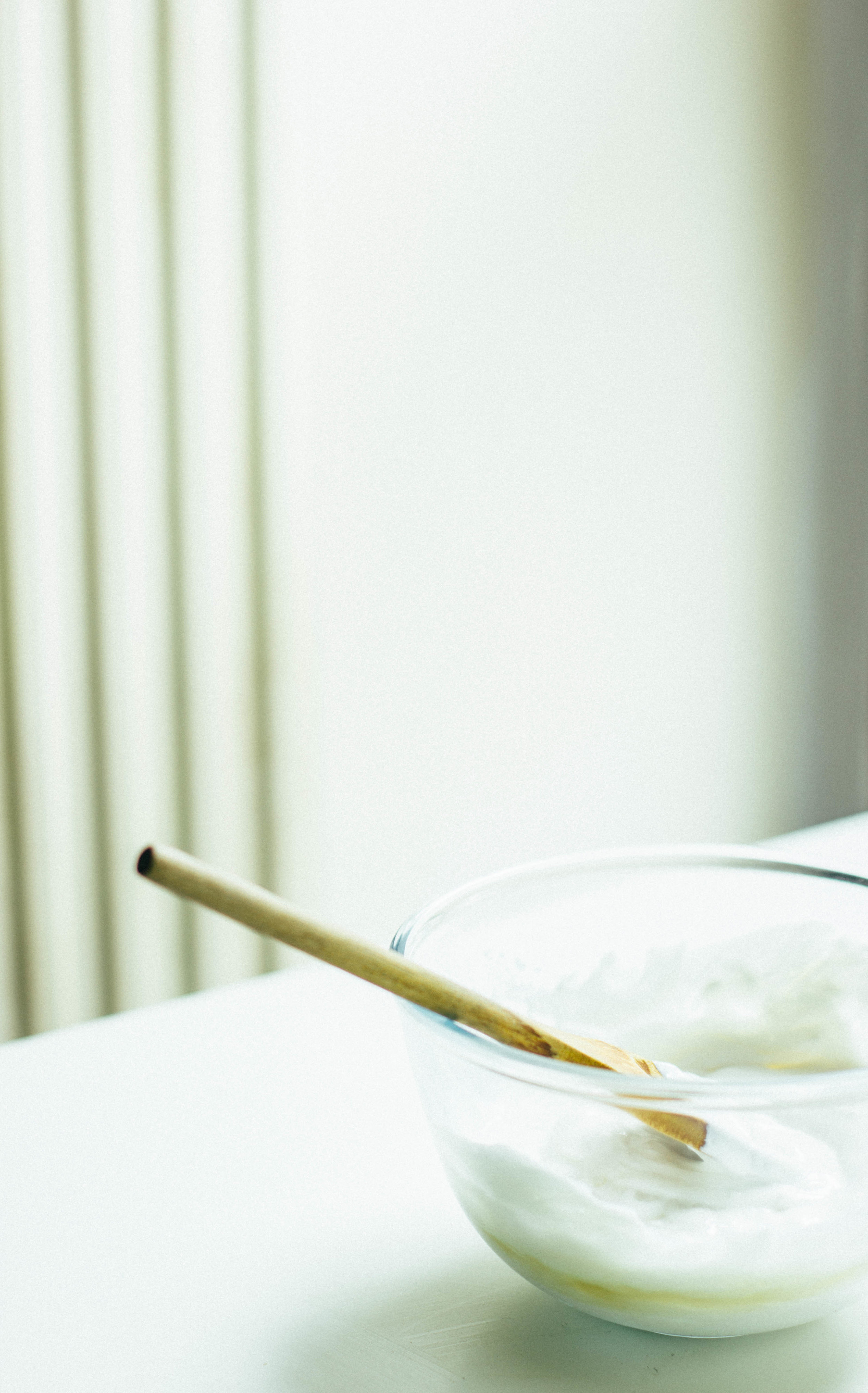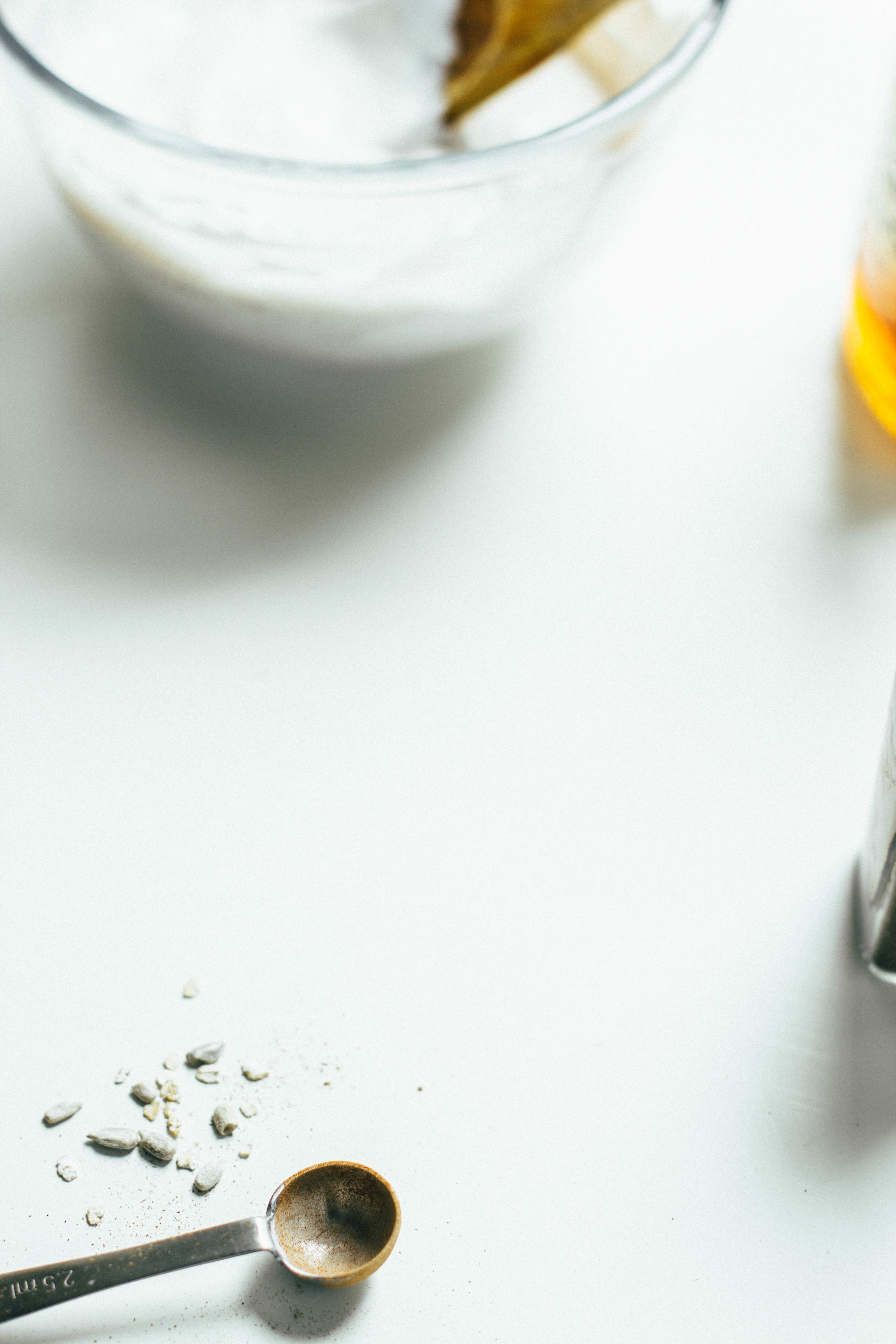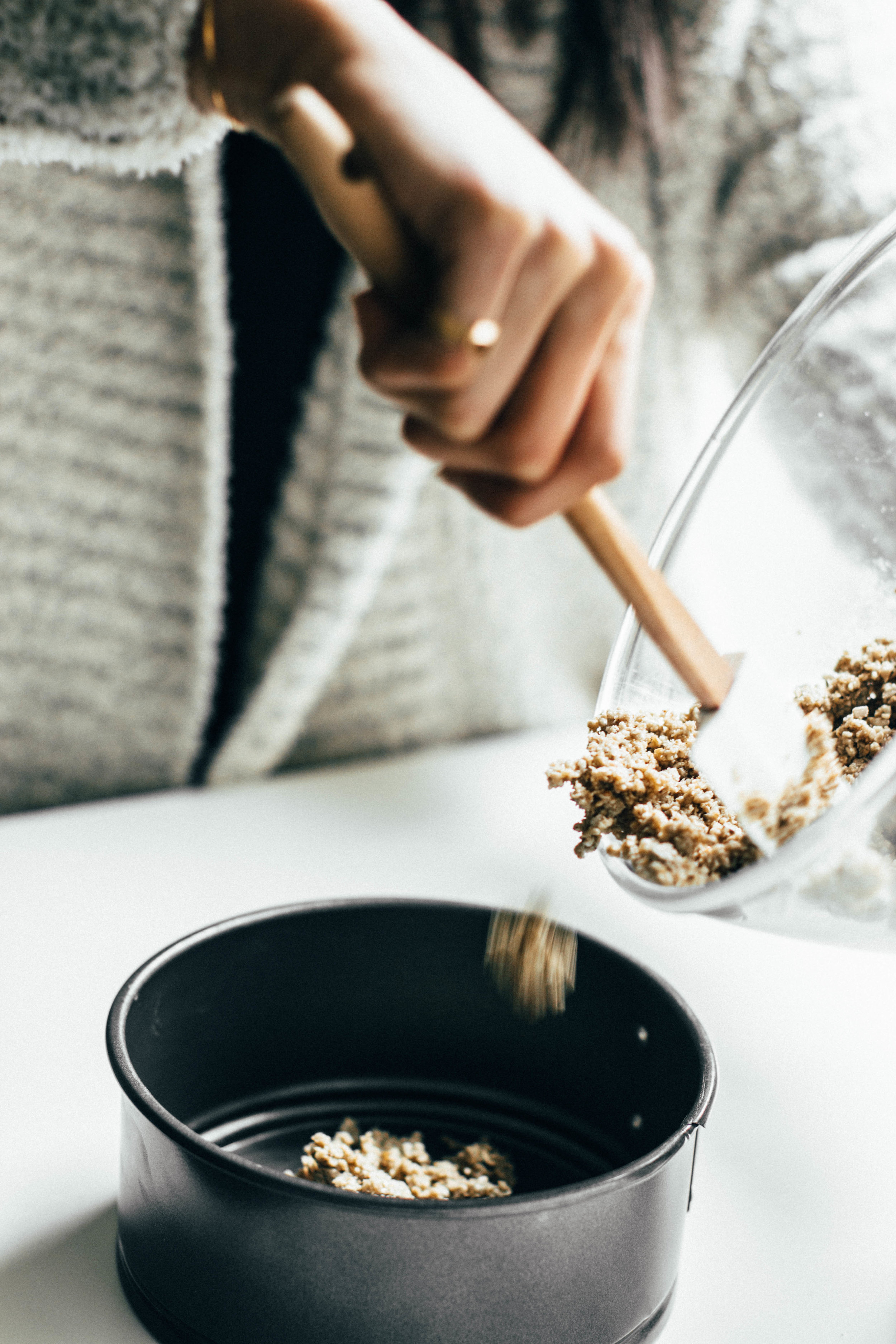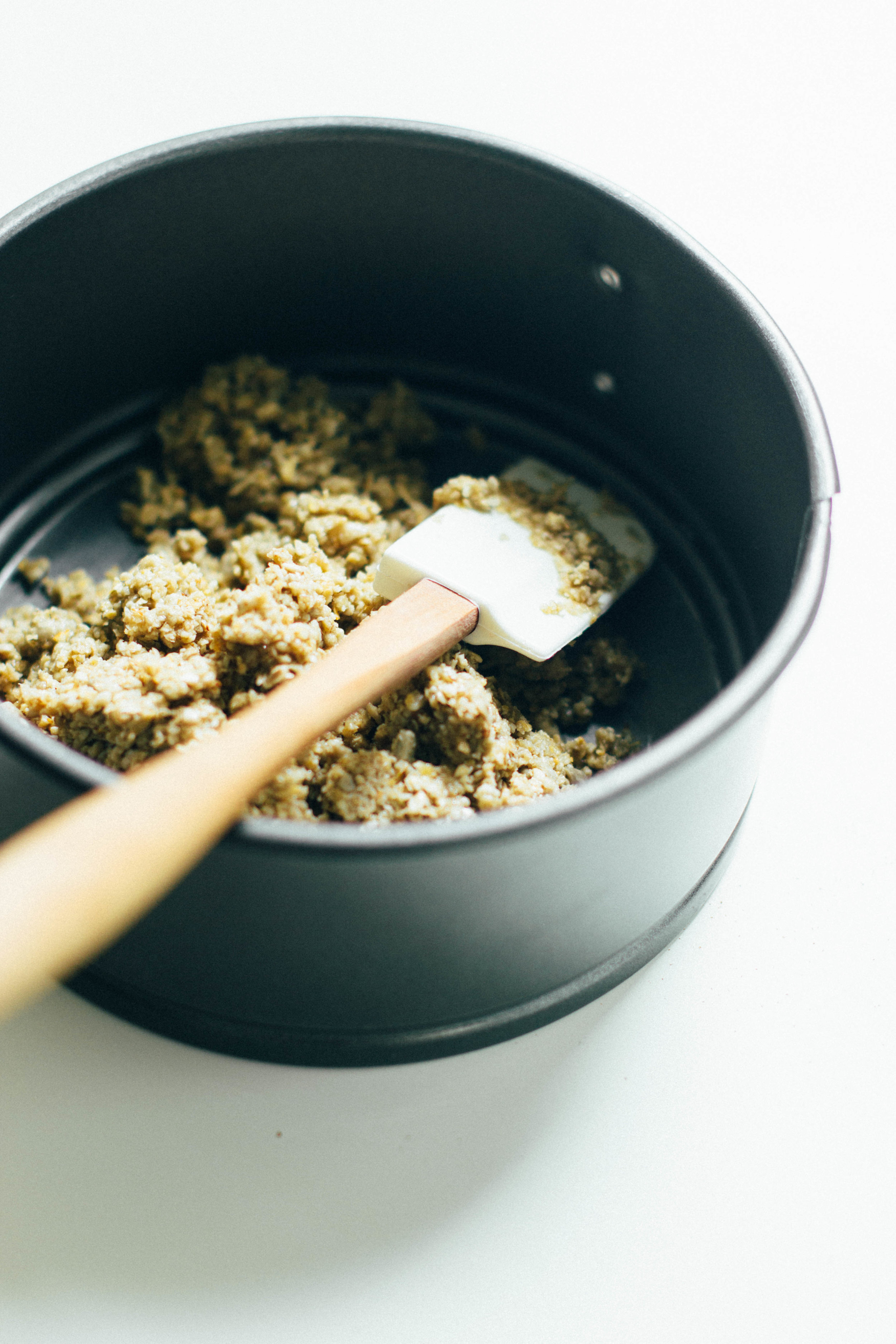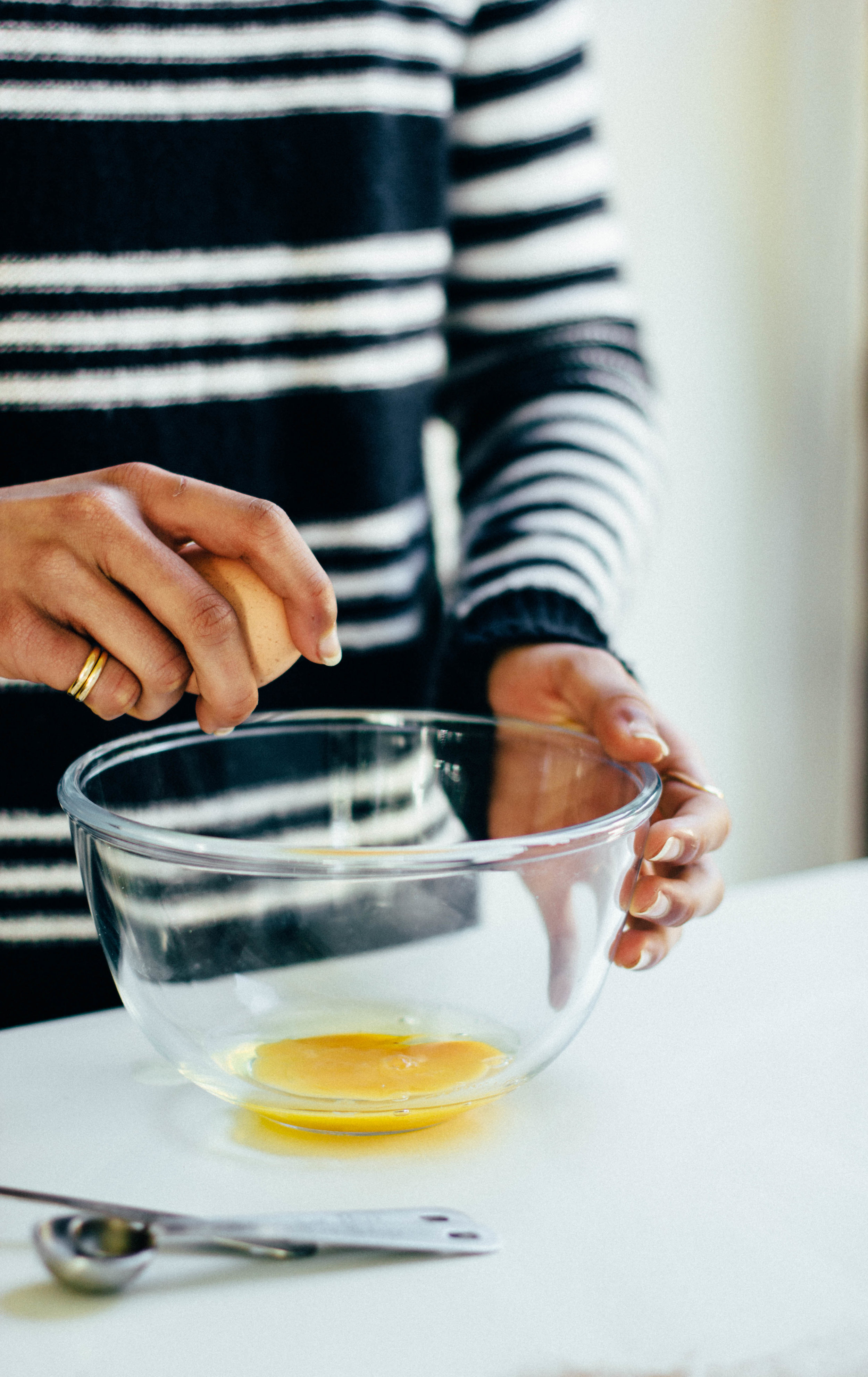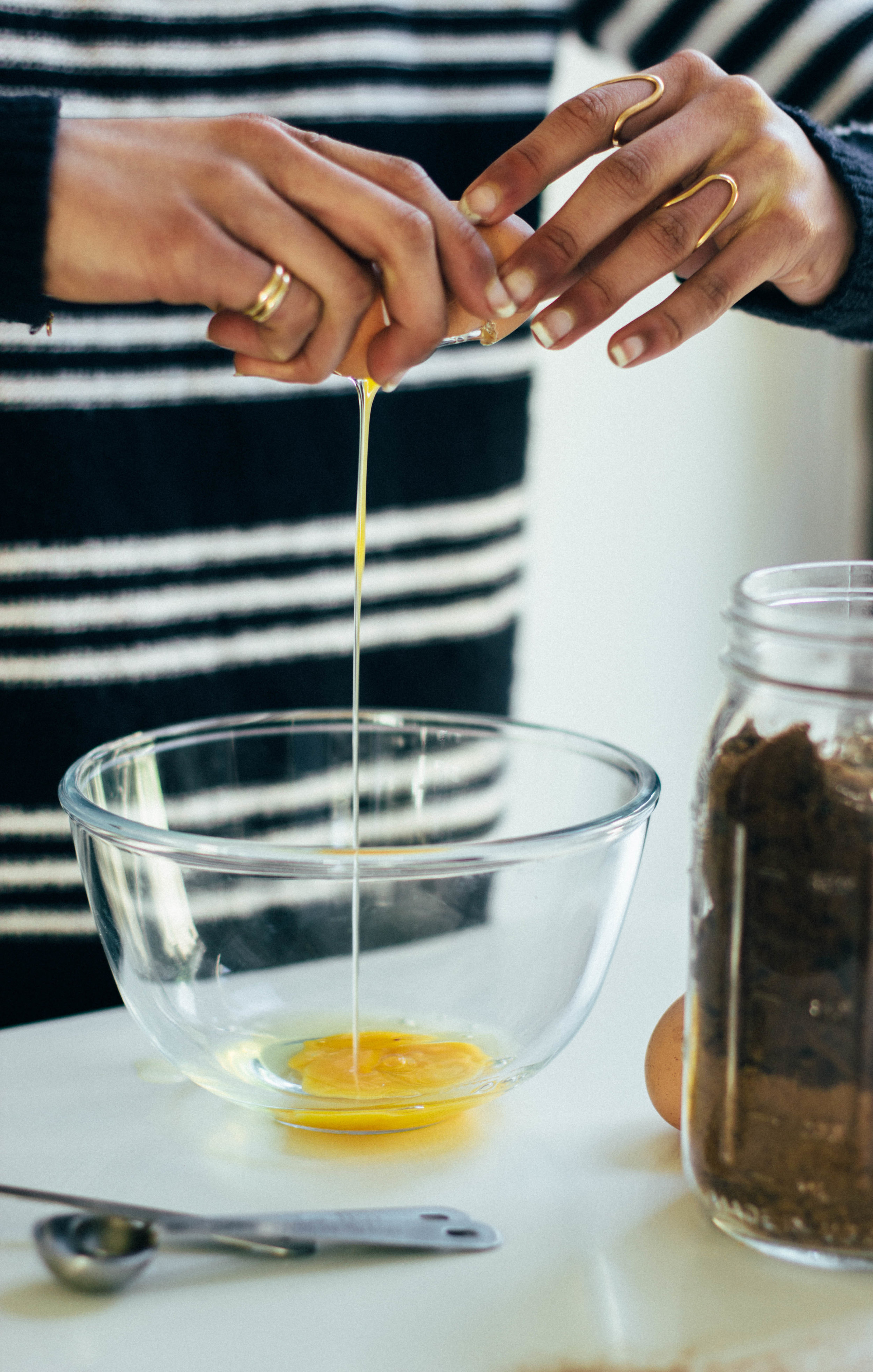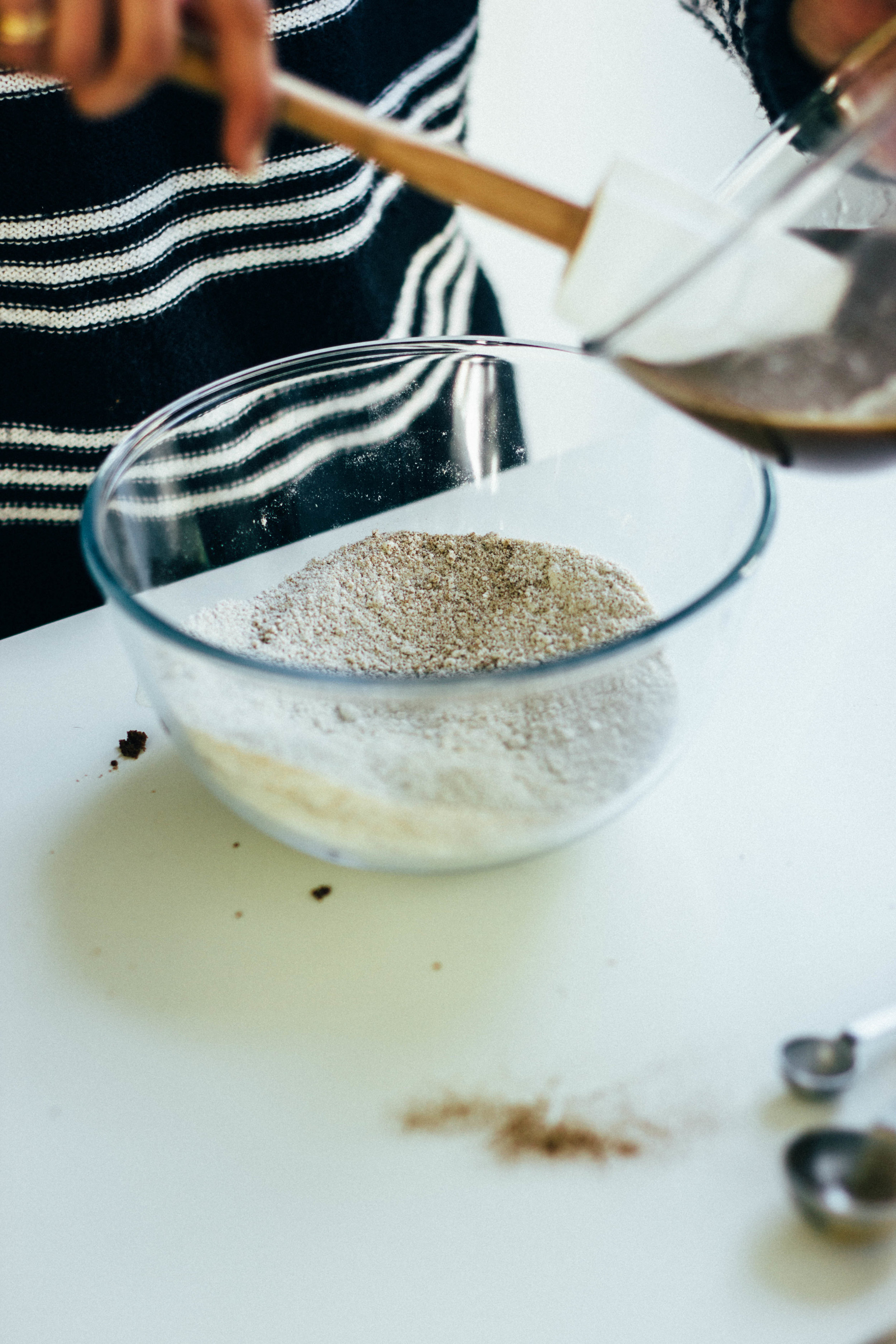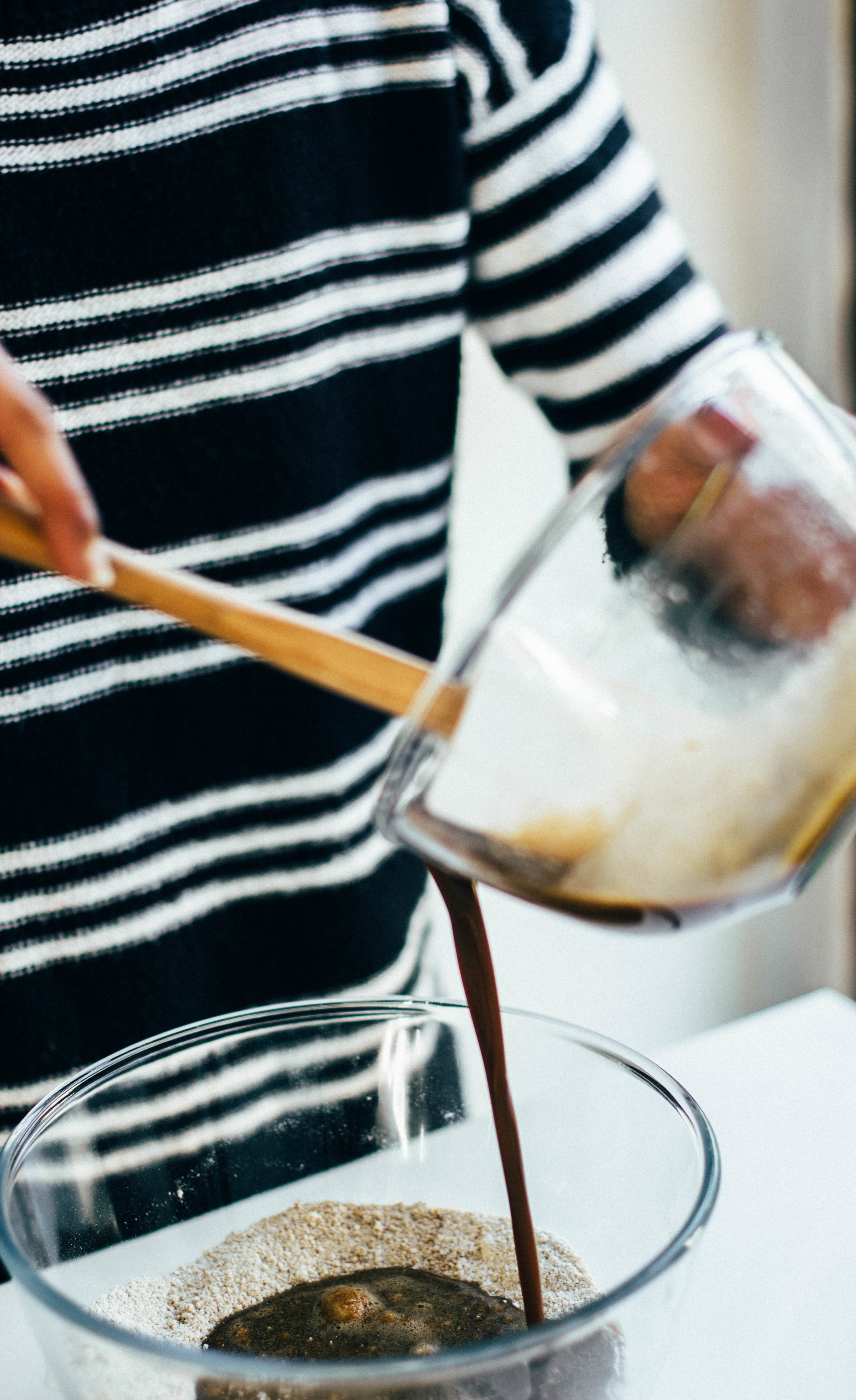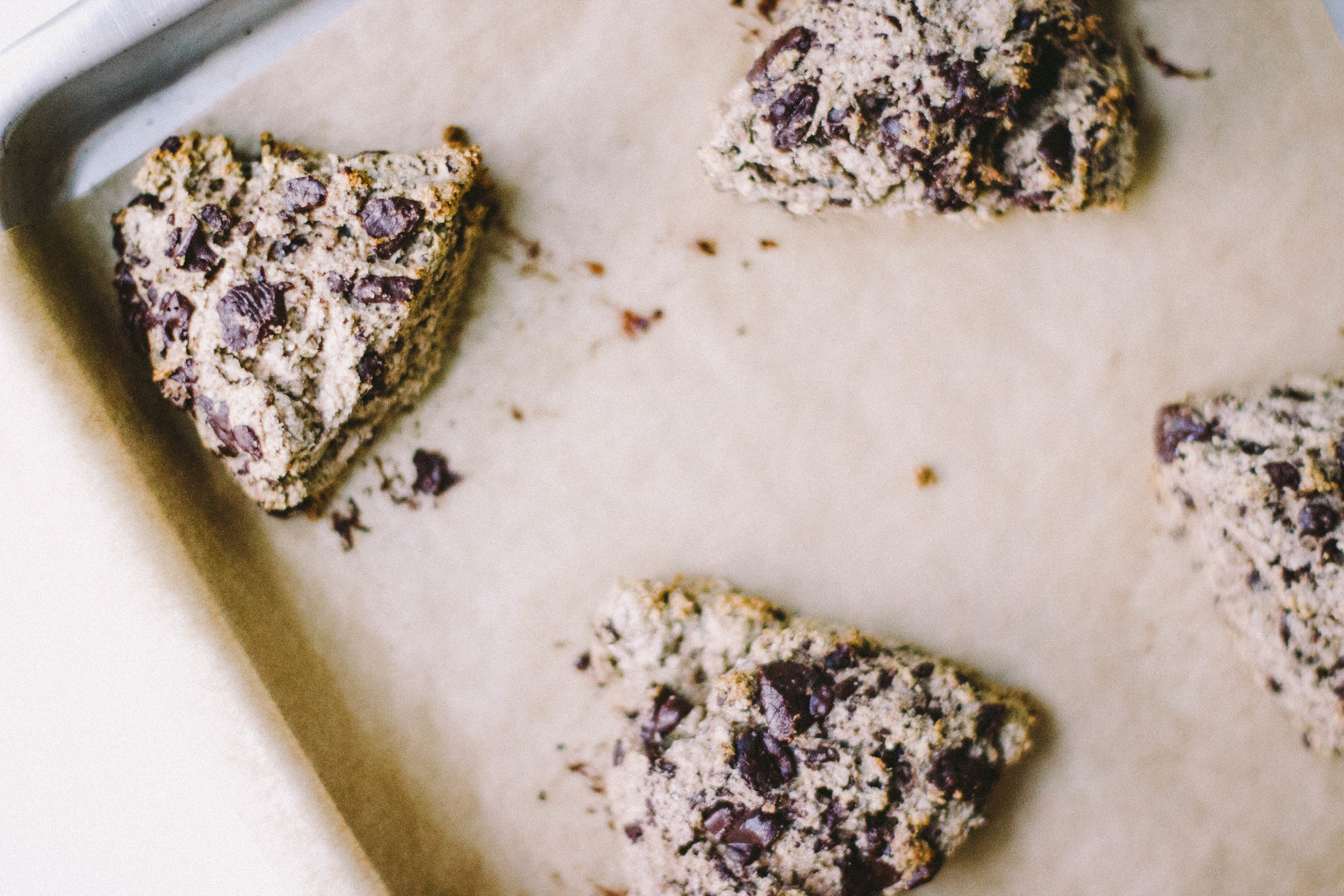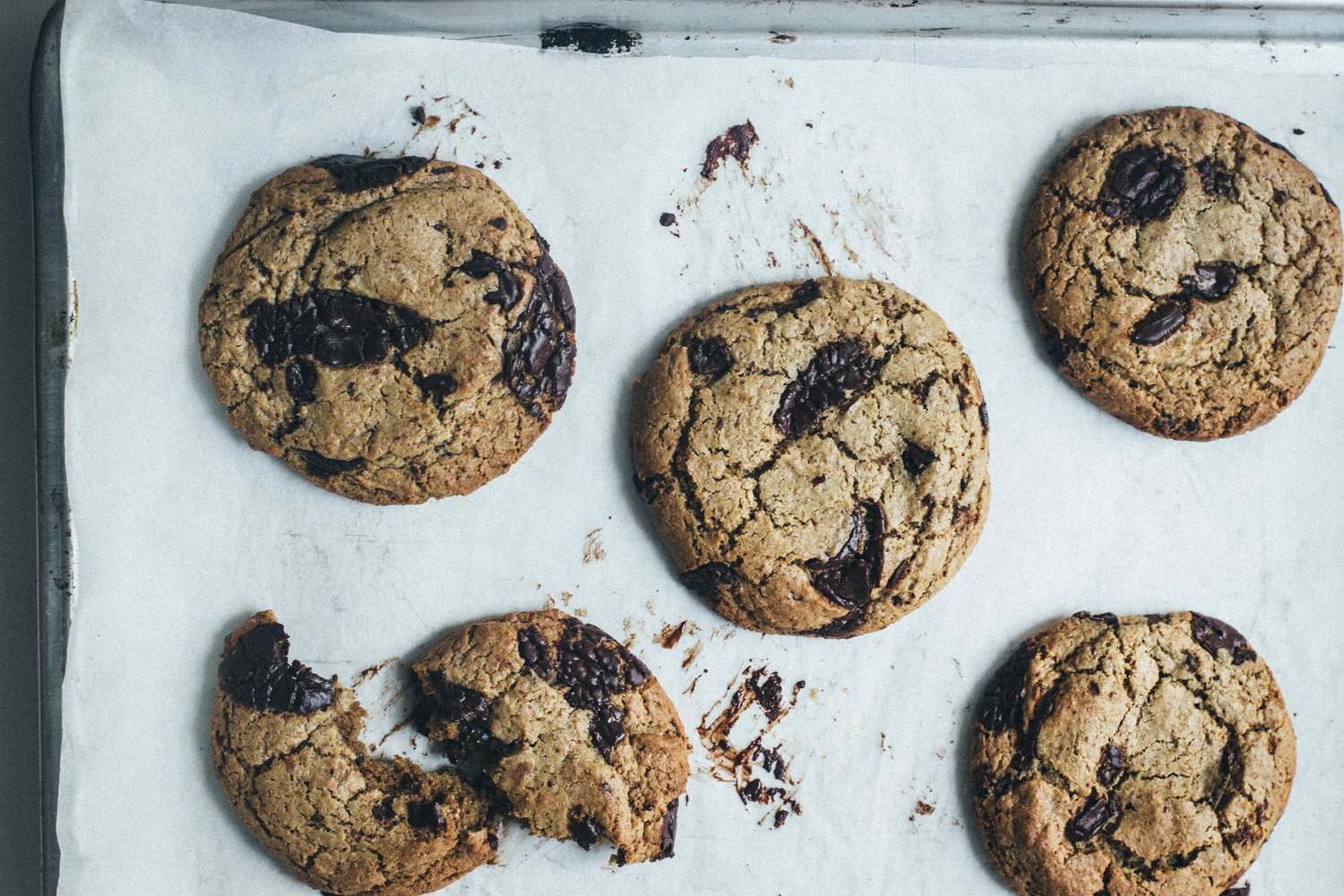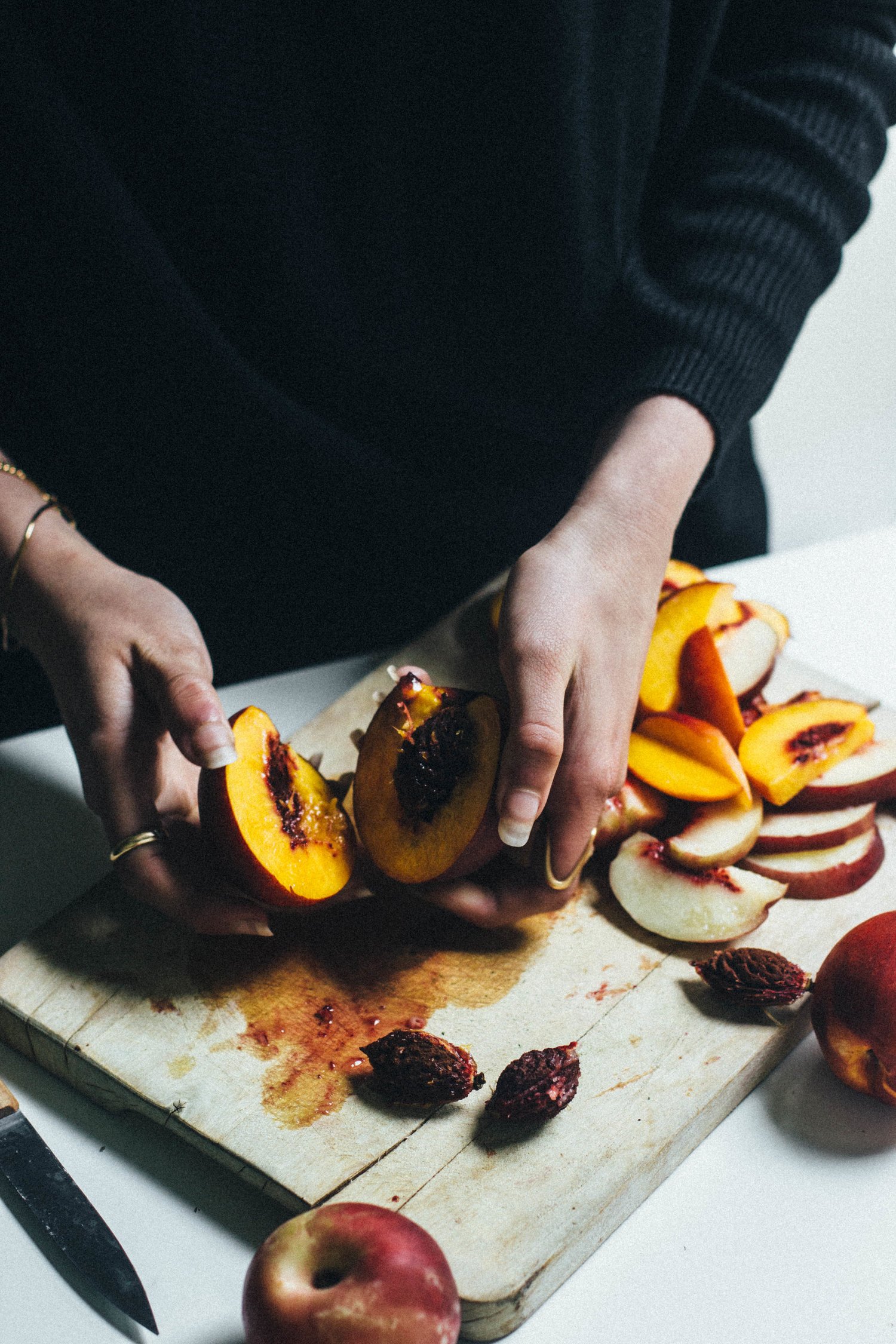a second black muzzle | Goat yogurt + honey tart
/We had talked for a long time about getting a second dog to keep Prune company. The new dog couldn't be a puppy because we didn't have the time to dedicate to training, but Prune had come to us as a two year old and her breeder sometimes had other girls who were retiring (early) from competitions. That's how little Suzi came to us just after her third birthday. Dual's Hope Lovely Sue, more commonly known to us as Tiny, Beanie, Little Bean, Small or Snoozie. Because Sue was just too... not her. Lovely, no doubt, but Sue seemed sensible and orthodox, neither of which she is. She's so full of love for life, playfully spirited, cheerful but sensitive. I have always wanted a puppy - like a real, baby puppy, and she acts so much like one. She still mouths my fingers when she's excited, wags her tail in these really short strokes when she sees you coming and is terrible at bringing the ball back when you throw it. It's hard to believe she's five. How did that happen? How do they grow up so fast?
I feel that I have maybe talked disproportionate amounts about Prune and much less about Tiny. Which is something I worry I do quite often. But she's really found herself a special place in my heart, one way or another. Suzi girl really started life in our family as my sister's dog, I don't know why, but she adopted Layla and became her little pal. Suzi was not in such good shape when she came to us, perhaps being in a multi-dog household hadn't suited her, and she had retreated deep into a shell. Like the earliest of the spring flowers that tentatively bloom, and shrivel back into their buds as the frost hits. But she did settle in. She struggled to understand some things that Prune had grasped really quickly - that it was no big deal when we wiped their paws after walks, that they could sleep anywhere they wanted, that there is always fun food and toys on offer. Suzi just wanted to sleep in her crate, seemed confused to be offered snacks and hated (ok she's not over this one yet) us touching her paws. Slowly things improved, she trusted us, she'd ask for snacks, she'd take a slice of bread outside and lie in the sun with it in her mouth. She has a darling habit of crossing her paws when she lies down and keeping her glossy head held proudly high. A charming way of nuzzling my legs with a cold nose when I'm wearing gym shorts, an endearing quirk in the how she sneaks under the table and pops her head out when we laugh. When she first arrived she wouldn't even come to us when we held out a hand for her to sniff, and now who manages to curl up in a ball, all 30 kilos of her flopped on my lap when she's in the back seat of the car? Yeah, a fully grown Labrador who thinks she's the size of a Jack Russell. That's my Suzi bean, in a nutshell.
Before Suzi came I asked myself if I could ever love another dog as much as I loved Prune. With the same, crazy intensity, that meant her happiness was my own. Prune seemed to, figuratively at least, take up all the space in my heart. At first I thought that was that. But it seems like there are more cracks and gaps to hearts than I thought before. Which makes sense, considering all the downs a person goes through. Lots to patch up. It's hard to explain but it's probably a feeling to which parents can relate when a second child is born. Suzi bean came to us for Prune, as a companion for her, and has become so much more. Frosting on the cupcake, a missing piece of a very chaotic puzzle. She took her time to figure out life as a family dog but I can't imagine rides in the car without a second black muzzle peering over the seat and mornings without the sharp slide of her clumsy paws as she stretches.
Happy birthday, my girl. We're crazy about you and I can't believe how far you've come.
"If I told you a flower blooms in a dark room, would you trust it?"
Kendrick Lamar ft. Drake, Poetic Justice
I made this tart with Tiny in mind. She must be my dog because she usually adores yogurt, she always the licks the lid of our yogurt pots. What, your dogs don't do that? Anyway a while ago I started buying goat's milk yogurt after reading that the structure of the protein molecules in goat's dairy is such that it's easier to digest. Yogurt was never such an issue but I see a huge difference with goat's milk versus cow's milk... granted, it's not available everywhere, so it's your call. Either way the bonus is that goat yogurt is easier for pups to digest too. Apparently New Yorkers make goat's milk popsicles for their dogs in summer... so I'm actually not totally alone on this one. You can of course use regular yogurt, and Greek yogurt would probably strain really well. If you're looking to make this dairy free I think that coconut yogurt would be a bit weird here but I've seen this almond milk yogurt making the rounds, if you can find it, it's definitely worth a shot. The filling is based around labneh - strained yogurt that started out in the Middle East but is pretty mainstream now. It's thicker so holds up well, but if you're looking for a super clean cut, freeze the tart for a few hours before you want to serve, and let the tart sit out a bit before slicing.
Last thing to mention: I used sunflower seeds because they're 100% ok for dogs (most nuts are ok, though macadamias are actually poisonous, as are any rancid nuts) but you can switch in the same amount of any other nut or seed. Same for the oats actually, you can use more nuts if you'd rather. Have fun with it. Eat a slice for breakfast.
Hoping you have a lovely end to your week xx
Ps. I'm not wearing a bathrobe in the photos, the sweater is just fuzzier in real life than it looked online. Just fyi.
Goat yogurt + honey tart
gluten free // makes one 6inch/15cm tart, easily doubled for an 8/9 inch tart
For the strained yogurt/labneh
450g / 15oz full fat goat yogurt (or other yogurt ofc)
1/2 teaspoon salt
(you'll also need a fine mesh sieve and a cheesecloth/muslin/thin piece of material)
For the tart
// crust
1/2 cup (50g) rolled oats, gf if necessary
1/2 cup (70g) sunflower seeds (or other nut/seed)
2 tablespoons (30ml) coconut oil, melted
1 tablespoon honey
1-2 tablespoons water, as needed
//filling
1/2 teaspoon ground cinnamon
1/4 teaspoon ground ginger (optional)
2-3 tablespoons (40-60g) honey, to taste
labneh from 450g yogurt (a bit here or there won't affect the outcome)
//To prepare the yogurt
At least 24 hours before you'd like to make your tart, line a fine mesh sieve with a few pieces of muslin/cheesecloth or a fine sheet of material. Place the sieve over a high sided bowl - it will look like the bowl is way too big, but the height keeps the sieve up.
Stir the salt through your yogurt (it will taste salty if you taste it, that's ok) and then dump all the yogurt into the cheesecloth in the sieve. Cover with a large plate and set in the fridge for at least 24 hours*
When your yogurt is strained, you can spoon it out of the cheesecloth and continue with the recipe or refrigerate it for a few days. The liquid that collects at the bottom of the bowl is whey; you can discard it or (apparently, I've never tried) use it in any baking.
// For the tart
Grease and line a 6 inch/15cm round springform pan (with removable base/sides) with coconut oil. If doubling the recipe, use an 8 inch/20cm pan.
Warm a large pan over medium-high heat and add the oats and seeds/nuts, stirring them around till they are darker in color and smell nutty + fragrant. This should take 5-7 minutes. Slide off the pan, onto a plate to cool.
While the crust things cool you can prepare the filling. Retrieve your strained yogurt from either the cheesecloth or container (if you made it in advance) and add to a medium bowl with the cinnamon and honey. Stir it around so all ingredients are well combined and it's creamy.
Add the cooled oats and nuts/seeds to a food processor and pulse till a coarse meal forms. You can either add the oil, honey and water to the food processor or if your machine is very basic (like mine ha), tip the ground seeds and oats into another bowl and add the oil, honey and water. The dough should come together when you squeeze it.
Pour all the crust things into your prepared pan and spread it into an even layer along the base, using your hands to pack it flat. You can then cover it with your filling, again aiming for some kind of an even layer (an offset spatula is helpful).
You're pretty much done. Let the tart sit in the fridge to set for 24 hours minimum, or more would work too. Depending on how thick your yogurt was after straining, you should be able to release the sides (gently) and slice it with a clean sharp knife. If it's particularly soft, you can freeze if for a bit and it will firm up, but it might turn into a yogurt-frozen cake rather than a frozen-yogurt cake.
In the fridge the tart will keep for about 5 days, again you could freeze it but it may come out a little icy. If sharing with a dog, that's probably not such a problem.
Notes
* You can make the labneh in advance; once it's strained just keep it in an airtight container in the fridge. If you strain it for more than 24ish hours, it will get suuuuper thick, enough so that you can scoop it into chunks to put in salads, like mozzarella / burrata balls. In case you were interested.
the thief that stole our hearts




